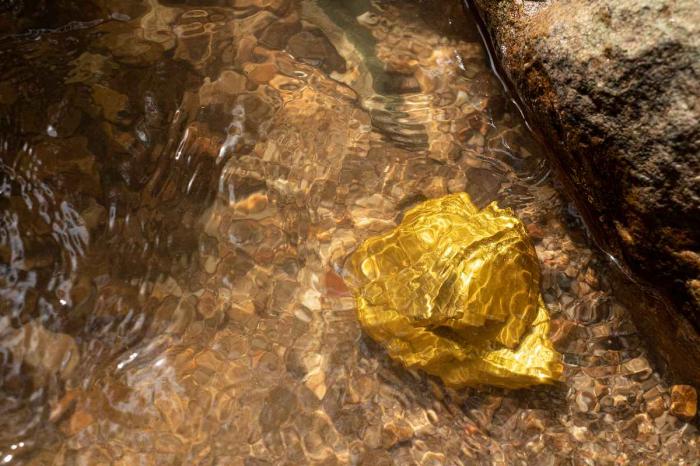CENTRAL SCOTLAND — A picturesque forest in central Scotland, located atop a historic gold mine, has been put on the market for offers starting at £1,950,000. Lettters Forest, situated between Balquhidder and Lochearnhead in northern Stirlingshire, spans 120 hectares within the breathtaking Loch Lomond and the Trossachs National Park.
Scenic Location and Natural Beauty
The forest offers stunning views of Loch Voil and the head of nearby Loch Earn, making it an attractive location for nature enthusiasts and potential investors alike. Dominated by a high proportion of Sitka spruce, the forest is well-positioned for timber production, a vital aspect of its economic appeal. According to Landfor, the property agency managing the sale, the site’s rich history and natural resources make it a unique opportunity.
Accessibility and Resources
Part of the property’s boundary runs along the A84 road, ensuring easy access to timber markets both locally and regionally. The perimeter of the forest is secured with deer fencing, protecting younger, restocked areas from over-browsing by deer. This thoughtful management is crucial for maintaining the forest’s health and productivity.
In addition to its timber potential, the sale includes sporting rights, offering opportunities for red and roe deer stalking, as well as rough shooting of seasonal wild game birds. The stalking rights are currently leased for deer control until March 31 of next year.
Mineral Rights and Historical Significance
Notably, the sale also includes mineral rights, with exceptions for those reserved by statute. The history of the gold mine located on the property remains largely unknown, adding an intriguing layer to its value. Patrick Porteous, of Landfor, highlighted the forest’s investment potential, particularly due to the varying stages of tree growth. “The forest has had its first crop felled and has been replanted in stages,” Porteous explained, indicating that timber could be harvested in the next 20 to 30 years.
Environmental Considerations
Established in the mid-1950s, the forest features a substantial crop of Sitka spruce and hybrid larch. However, the presence of non-native conifer plantations, such as Sitka spruce, has sparked controversy regarding their environmental impact. Critics argue that these “serried ranks” of trees create a desert-like ecosystem for wildlife, as heavy shedding of spruce needles limits light and growth for understory plants.
Despite this criticism, industry leaders maintain that Sitka spruce is one of the most valuable tree species for the timber trade. Mr. Porteous acknowledged the concerns but emphasized the necessity of maintaining a continuous cycle of planting to meet future demands. He noted that Scotland could face a timber shortage by 2035, particularly due to a slowdown in planting initiatives over the past 15 years.
Investment Appeal
The unique combination of natural beauty, historical significance, and economic potential makes Lettters Forest an intriguing investment opportunity. Whether for personal enjoyment, timber production, or sporting activities, the forest offers a multifaceted appeal.
Potential buyers are encouraged to consider both the immediate benefits of the forest’s resources and its long-term investment potential. With timber available in the coming decades and a strategic location within a national park, Lettters Forest presents a rare opportunity for those looking to invest in Scotland’s natural heritage.
As interest in sustainable land management and responsible forestry practices grows, the future of forests like Lettters may become increasingly significant. The interplay between economic viability and environmental stewardship will likely shape the landscape of Scotland’s timber industry for years to come.
In summary, Lettters Forest stands as a testament to Scotland’s rich natural resources and its historical connections to gold mining, offering prospective buyers a chance to engage with both the land’s beauty and its economic possibilities.
Related topics:

